IMAGE, DESIGN, MEDIA, INSTRUMENT, RESULT
IMAGE, DESIGN, MEDIA, INSTRUMENT, RESULT
– But the computer did it! – I heard this phrase from one of my colleagues on TV, an editor, after I showed my first works from the “Overcoming” series. And this series, I must say, is built on complex work with many pictorial elements, collected in each image from different photo frames with subsequent manual processing of each element by size, shape, position in the frame, color (color tone, lightness and saturation), transparency… And all these changes were applied not necessarily to the entire element, but only to its (the element’s) part, and the number of elements in one finished composition reached twenty or more. And new elements inevitably influenced the existing ones and often required new changes in shape, position… A complex mosaic of the most diverse pieces, where there is also no exact original sketch.
Then I did not know what to answer. The answer, as often happens, came late and today I would answer with a question:
– But you work with texts, so the computer also makes your texts?
I remembered this incident in connection with a discussion with some of my friends, colleagues and acquaintances of the problem of Artificial Intelligence in application to creative processes. Recently, I have been using AI to create various images, including a series of illustrations based on the Martian Chronicles of my beloved Ray Bradbury. Through the lines and voices, I again hear an unasked question hanging in the air: – So AI did this?!
I want to answer this unasked question now.
Intelligent devices are gradually appearing in our lives, and if a vacuum cleaner that independently roams around the house, avoiding obstacles and looking into dusty corners no longer surprises either us or our domestic cats, then we get into a taxi without a driver with tension. In some places in fashionable restaurants, the service process has begun to be robotized – orders are taken and food is brought (delivered?), it’s scary to say, by robots… and who are you going to quarrel with if something goes wrong?
But creativity? We won’t allow it! We won’t give in! – this is roughly how the alarmists sound. This is not art! This is repetition, not creation! – others chant.
I will try to answer based on my considerable experience in creating images in photography, cinema and TV, and very little experience in using AI for the same purpose.
Absolutely regardless of the method of creating an image – be it a charcoal drawing on a cave wall or using AI, the algorithm for creating it has not changed. The formula for this algorithm is as follows: image, concept, medium, tool, result. Moreover, the components: image, concept, … result – do not change at all. The only thing that has changed over the past two or three thousand years for artists of all times and peoples is the media and tools. Hard media – stone, wood, required chisels and hammers, walls and canvases – various types of paints and varnishes to preserve the paint layer. And this was not just for a long time – a very long time.
But the nineteenth century came and brought a new way of creating an image – photography. For quite a long time, the younger sister did not fit into the established order on Parnassus, but – in the New York Metropolitan Museum on one wall (common to the Impressionist hall and the photography hall) are both paintings and photographic images. And as soon as the Parnassian aborigines recognized photography as their own, another phenomenon appeared. At first it was embarrassing to even call it photography, but the phenomenon developed so quickly that by the beginning of the 2000s, classical film photography was slowly, and sometimes loudly, forgotten. Photography became totally digital.
Something happened that has already changed and continues to change our attitude to the image. Without denying traditional methods of creating images, a new one appeared – a method of recording a sequence of impulses on computer hard drives, which the computer itself converted into an image – on a screen, on paper, canvas – even on a wall.
This had never happened in the history of mankind – an image had never been stored in electronic form and never before had it been possible to interfere with a finished image, totally changing its (the image’s) properties or (!) creating an image out of nothing at all, or, to be completely precise, out of electricity…
In the 2000s, I began to study the basics of 3D graphics, creating my first models and images of these models. Can we say about these images that they were created by a computer? Yes, of course, we can say so, but… for this miracle to create at least the simplest model, a person was needed, and is still needed – who carries a certain image within himself, translates it into a more specific form of design and – explains to the wonderful electronic machine what shape the desired object should have, what texture it should have, from which side the virtual camera should look at it, how the light should fall on it, and voila! You get an image of an object that has never existed in nature! A super-fashionable, electronic image that can be applied to any surface, in any size…
What has changed in the well-known algorithm: image, design, carrier, tool, result? Correct! Carrier and tool. Instead of stone or wood, canvas or wall – a hard disk, instead of cutters or brushes – keyboard buttons, but the algorithm itself: image, concept, medium, tool, result remained unchanged.
And finally – AI! Image, concept, medium, as in “regular” digital photography. The tool is more convenient than in 3D graphics – it is enough to enter text that accurately describes the intended image, indicate some stylistic features – the nature of the lighting, for example, depth of field, etc. and you get one or a pair or (upon request) three, four images. If all of them do not suit you, you make the next attempt, get the next pair, three…
What is it like? Like shooting the first, second, third… take in a movie. Between the second and subsequent takes, you can make changes to the text. Everything is like in a movie:
– Wonderful, wonderful, my dear, and now become a little slimmer and move from right to left. Action! Start!
And so, little by little, you move towards the goal – the result. At some point, you understand that the background turned out almost perfect, and the character can be taken from the second take … but this nonsense will need to be covered with a sand dune or, for example, a rocket and … the next text sounds like: a soft sand dune, illuminated from the left … – you get two; no, not like that, two more … – you get. And so, by the method of successive approximations, or, in simple terms, by the method of iterations, you approach that very first one – the image that was supposed at the very, very beginning. For me, working with AI is a completely familiar job on a film set to create a certain image, with the difference that all the performers are always on the set on time, against the background of whatever you want: you want – Carthage, or you want – the slums of Calcutta, the Martian desert – please (it, however, slightly resembles California, but not many people have been to Mars), and the characters – any you order. And an unlimited number of options, options from which you can choose the best or at least digestible one.
And one more thing: none of the images I showed were completely generated by AI in the form in which you see them. Successful characters migrated to successful backgrounds, beautiful columns or domes flew from file to file, a dark sky was replaced by a lighter one or vice versa, the number of characters changed if the overall composition required it, etc., etc.
In general, AI is good, but your own head is better!

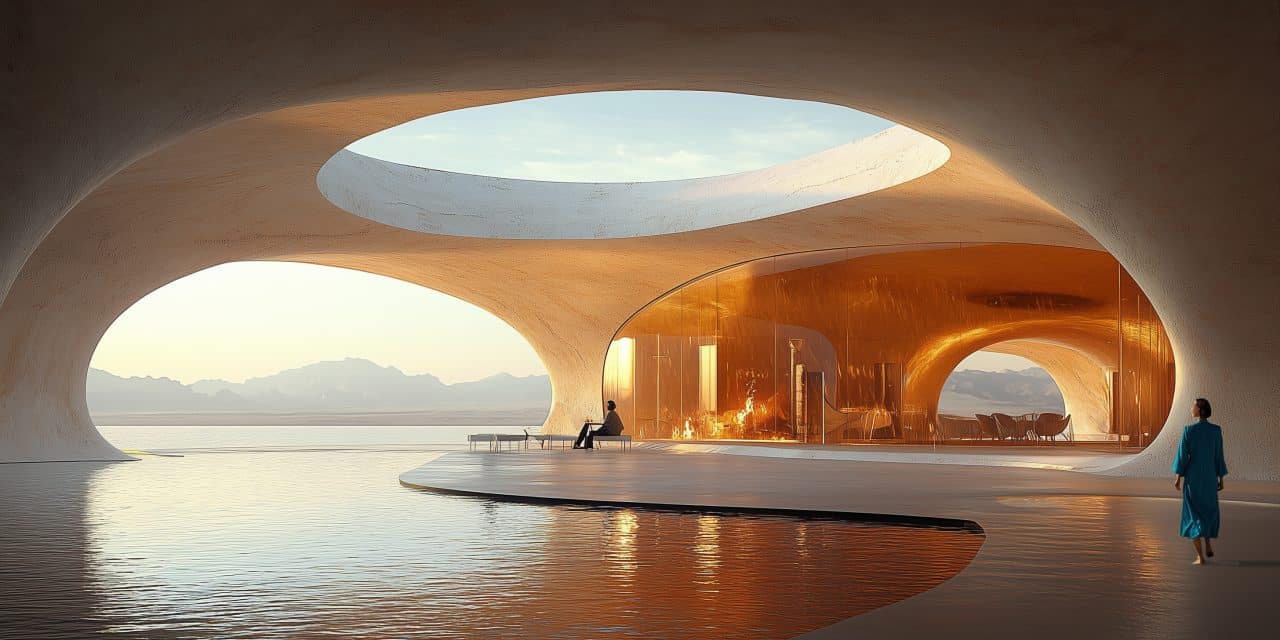
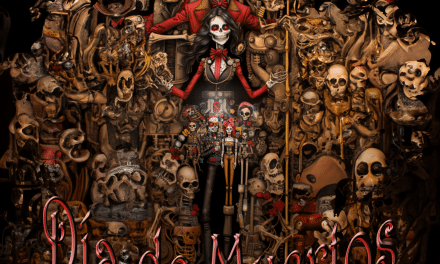
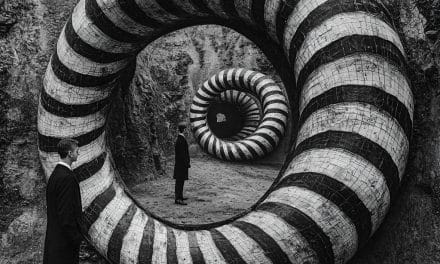
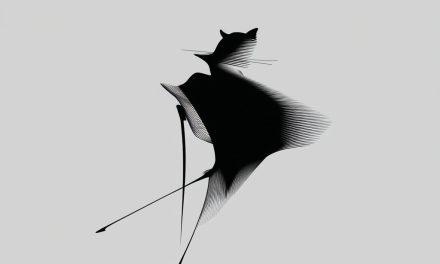




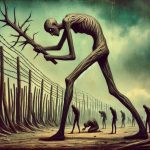



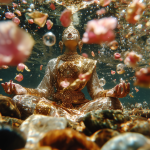
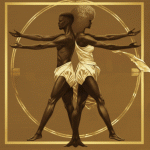
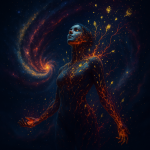
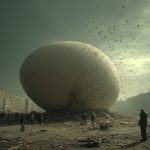

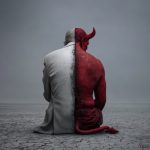



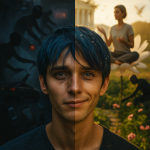

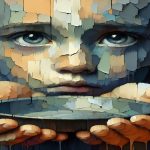


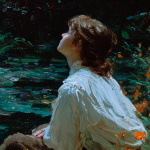
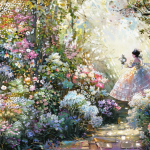
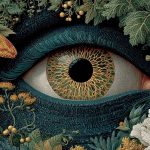

Comments